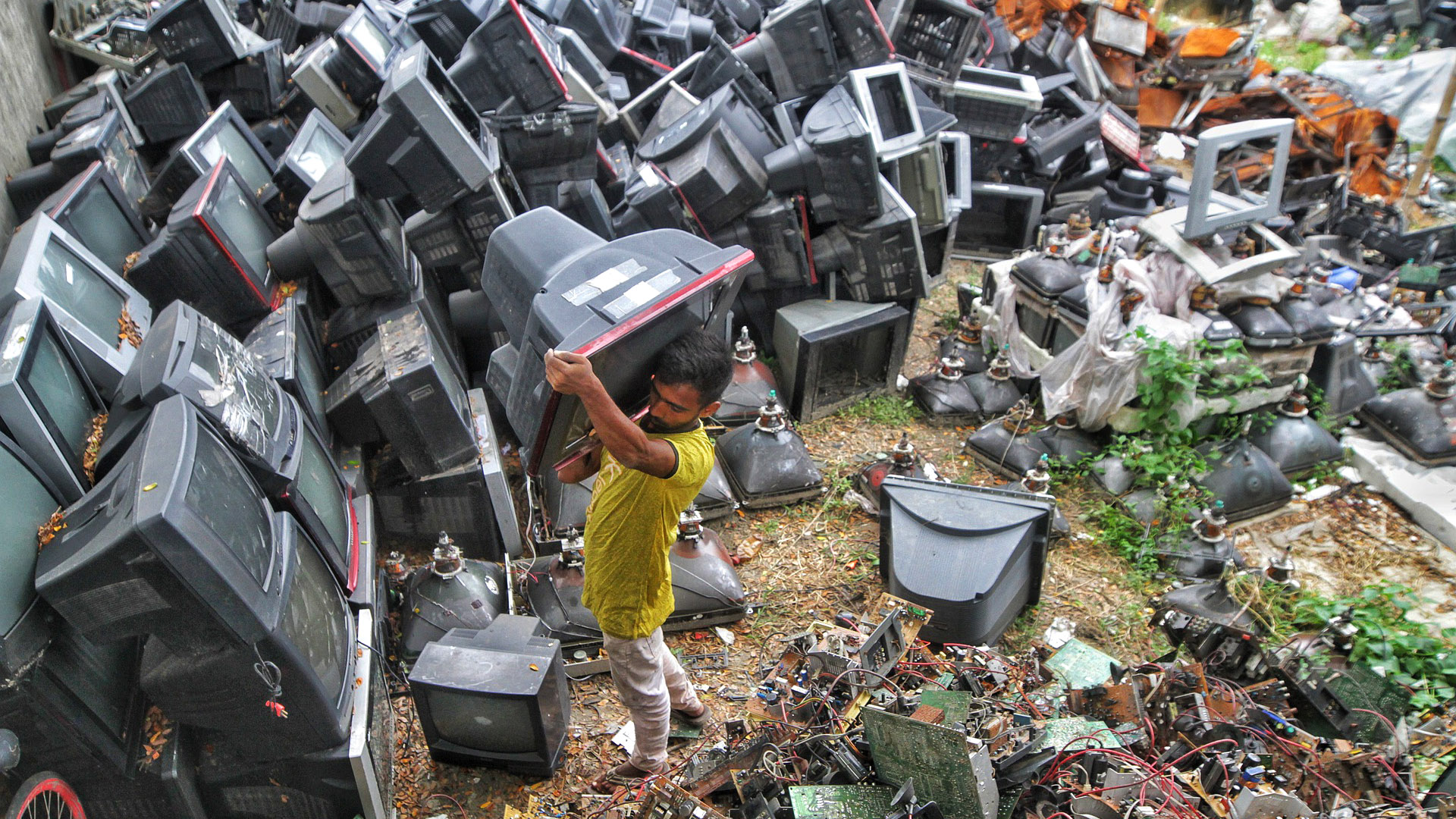Consumer Electronic Products / Wastes
Consumer products that contain even a small amount of mercury make different kinds of health effects on human beings and ecosystems, and improper methods of recycling those mercury-containing consumer products can lead to widespread global mercury pollution.

Therefore, environmental organizations such as Environmental Protection Agency (EPA) and United Nations Environment Programme (UNEP) encourage consumers to consider the alternative approach of using products that contain mercury. For example, led lamps are a safer alternative approach to using mercury-containing fluorescent lights.
Mercury-containing-products should not be disposed of in regular household trash but they need to be recycled with care which is one of the best ways to prevent the accumulation of mercury in the environment. If mercury is landfilled, it will enter the groundwater, possibly the source of drinking water. Again, the incineration of mercury-containing-products will release the mercury into the atmosphere.
You can check the list of consumer products, household items, and/or industrial equipment that may contain mercury at the following link
https://waste.zendesk.com/hc/en-us/articles/211674298-Which-consumer-products-household-items-and-or-industrial-equipment-contain-mercury-
Reference
[1] https://www.epa.gov/mercury/mercury-consumer-products
